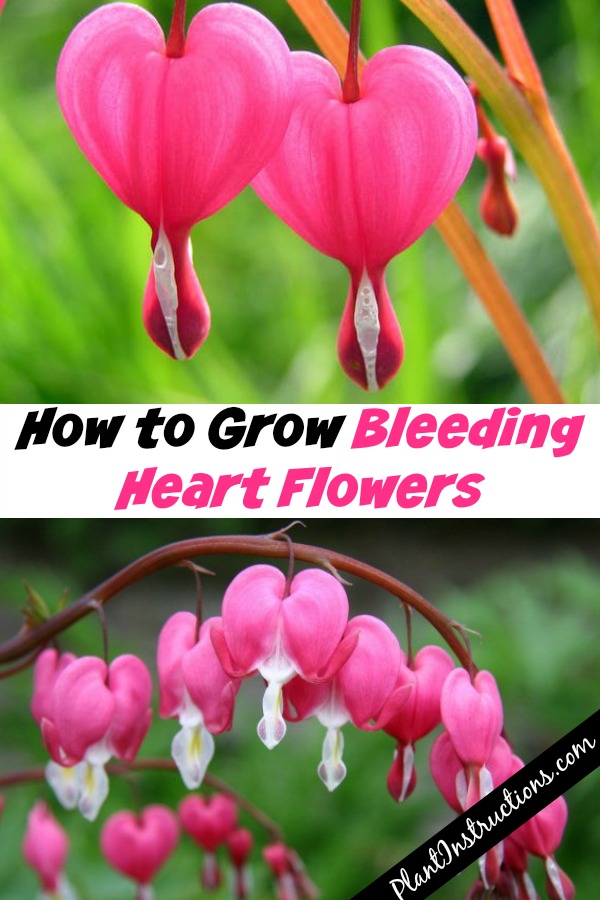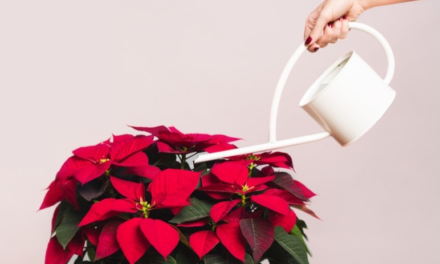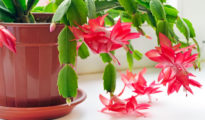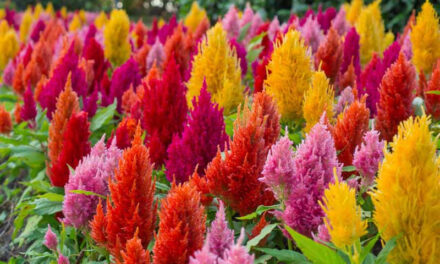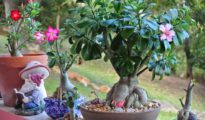Bleeding heart perennials are a favorite flower of many gardeners and this is mainly because they do so well in partially shaded gardens. Bleeding hearts are small, heart shaped flowers that look like they're “bleeding” and will look stunning in any garden! If you're interested in learning how to grow bleeding heart flowers, keep reading our easy to follow gardening guide below!
Today we'll be talking specifically about the fringed bleeding heart flower, which is native to the Eastern United States. It is usually found throughout forests, specifically on forest floors and shaded, rocky out-crops of the Appalachian Mountains. Bleeding heart flowers are also known as wild bleeding hearts.
Keep reading below to learn how to grow bleeding heart flowers!
How to Grow Bleeding Heart Flowers in Your Garden
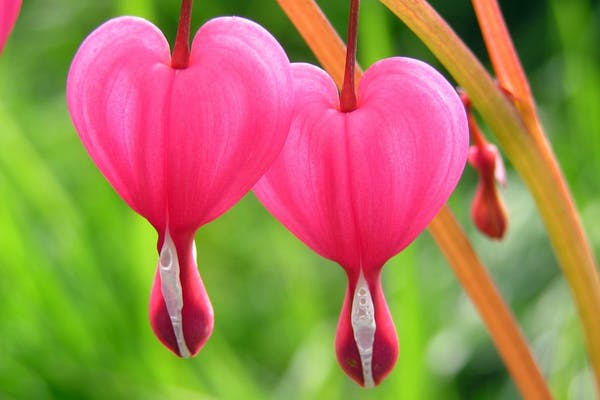
Soil:
Bleeding hearts prefer moist, humus rich soil. Be sure that the soil is fertile and well draining. If soil is too wet, bleeding hearts may fall pray to diseases and rots, as well as snails and slugs. If the soil is too dry, plants will no longer grow and will also fail to flower.
Sun Exposure:
Bleeding hearts grow well in partially shaded areas as well as full sun.
Hardiness:
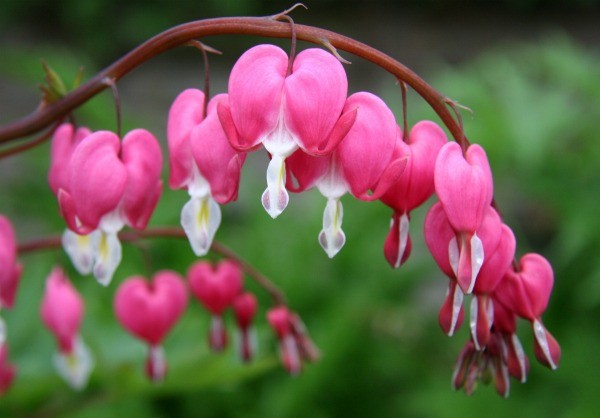
These flowers are hardy in USDA zones 3 through 9.
Bleeding Heart Care:
- Water regularly.
- Provide plenty of organic matter and fertilizer.
- We recommend you use a slow released fertilizer for these types of flowers.
- Divide every 3-5 years in the spring.
Like this post? Share and Pin 🙂
